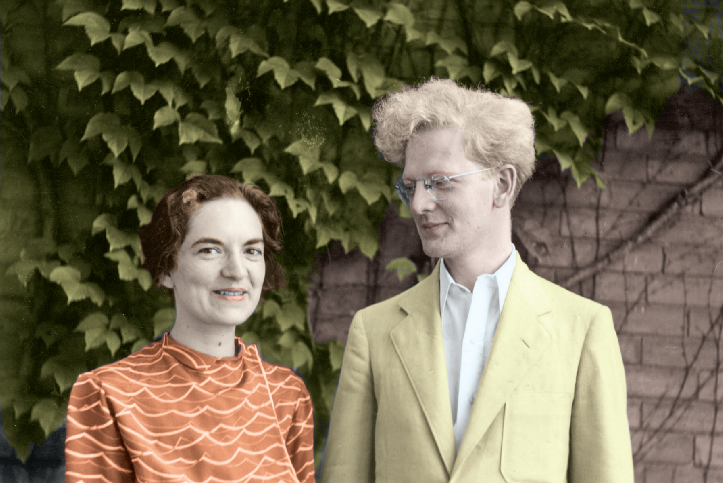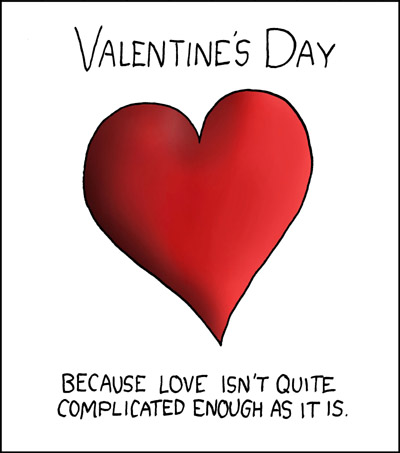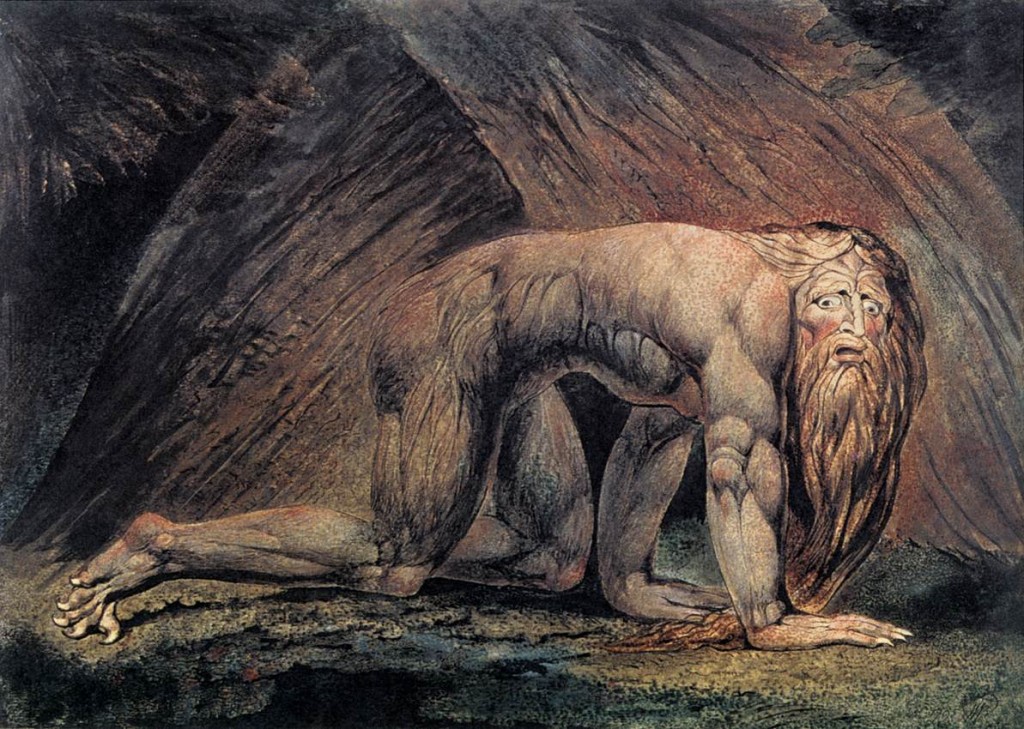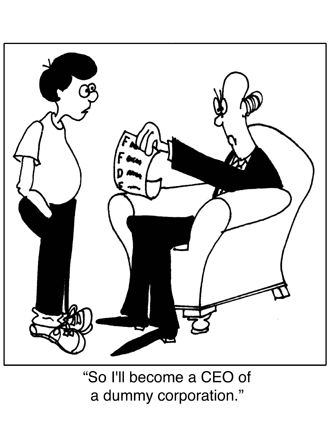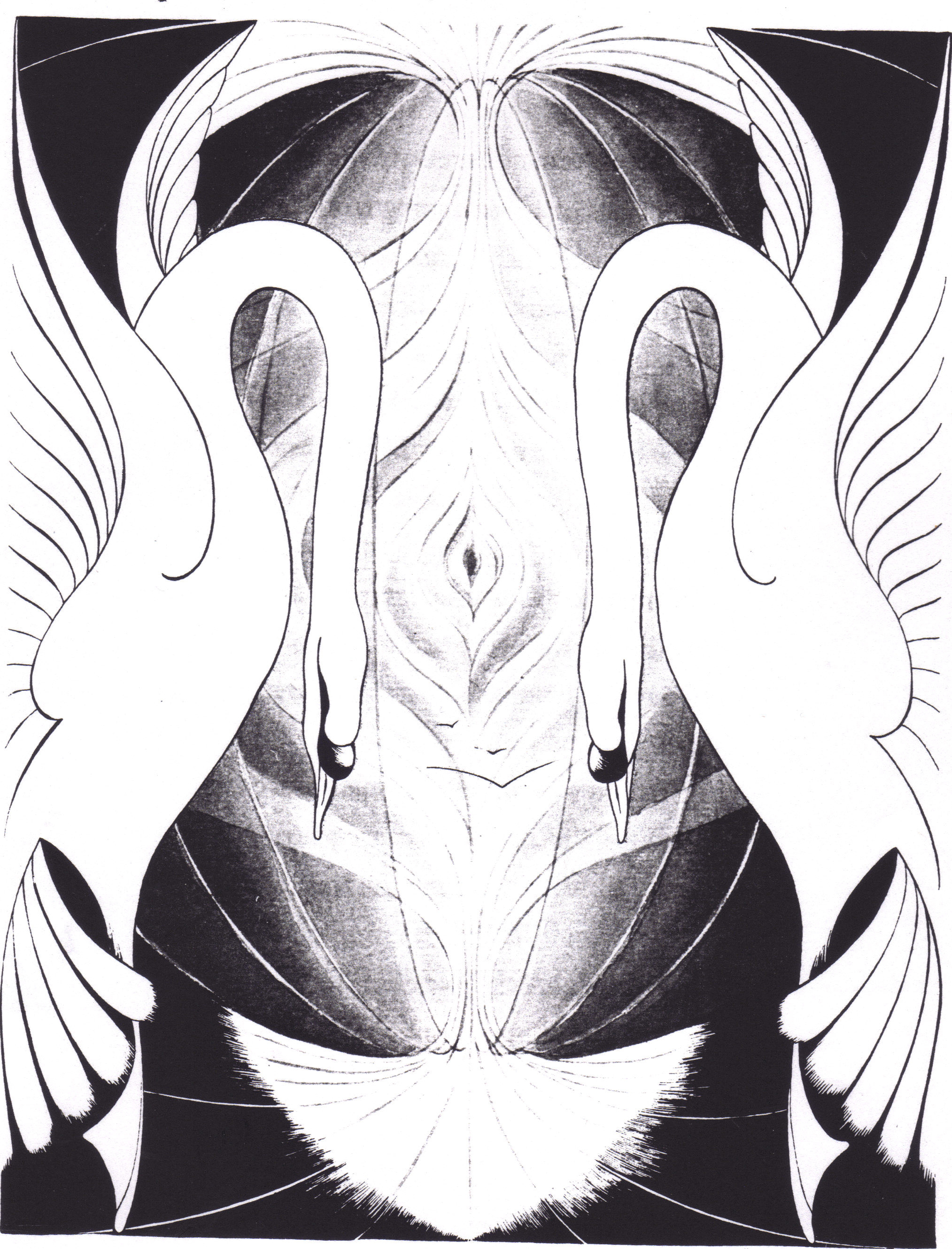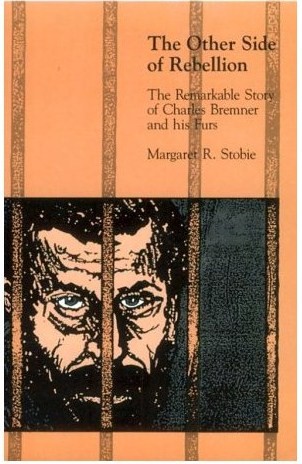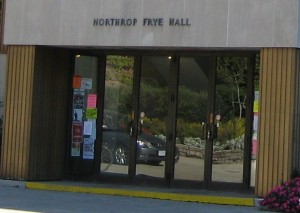httpv://www.youtube.com/watch?v=B_5z0m7cs0A
“Ode to Joy” finale conducted by Leonard Bernstein
On this date in 1824 Beethoven’s Ninth Symphony premiered in Vienna.
Frye in a letter to Helen Kemp, April 18th, 1934:
I heard the ninth symphony last night. There was some Wagner ahead of it that didn’t amount to much. I enjoyed the symphony, though that Ode to Joy bothered me as usual. I would like to hear the 9th as the only thing on the programme, with the Ode sung in some language I don’t understand. The translation was execrable. The singing was all right, or would have been if it had been possible to sing that infernal orgy at all — most of it is simply sopranos screaming on an A flat, a sound which fairly pulls my own vocal chords apart in pure sympathy. The symphony itself is prolix — suprisingly so, I think, but the general effect is tremendously exhilarating and disturbing. Exhilarating because of the size of the attempt, disturbing because the attempt is strained and in the last analysis unsuccessful. The symphony, big as it is, is only a torso of a complete subjective component of musical form. (CW 1, 201)
